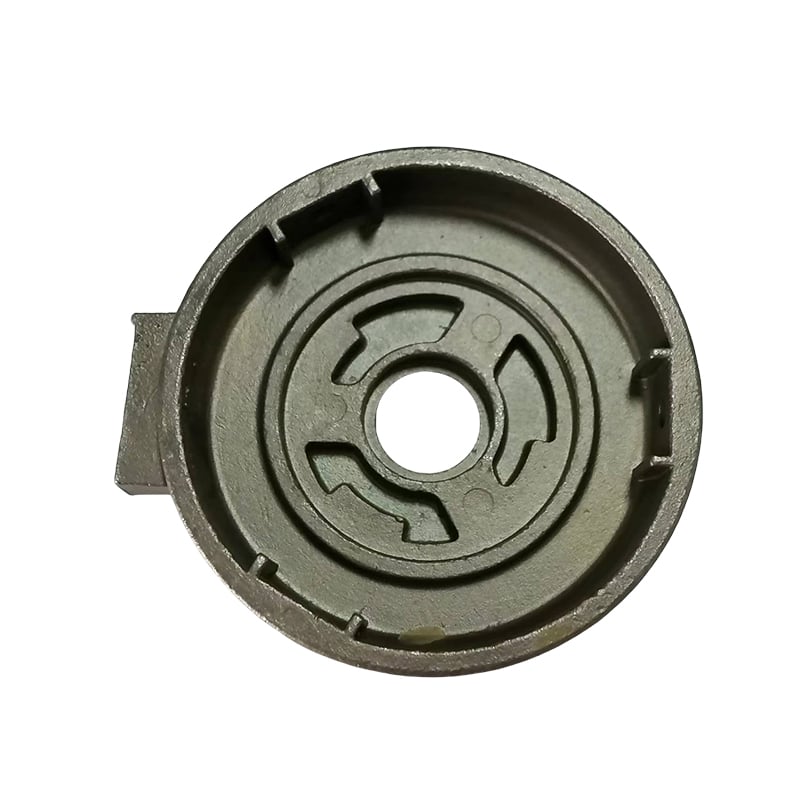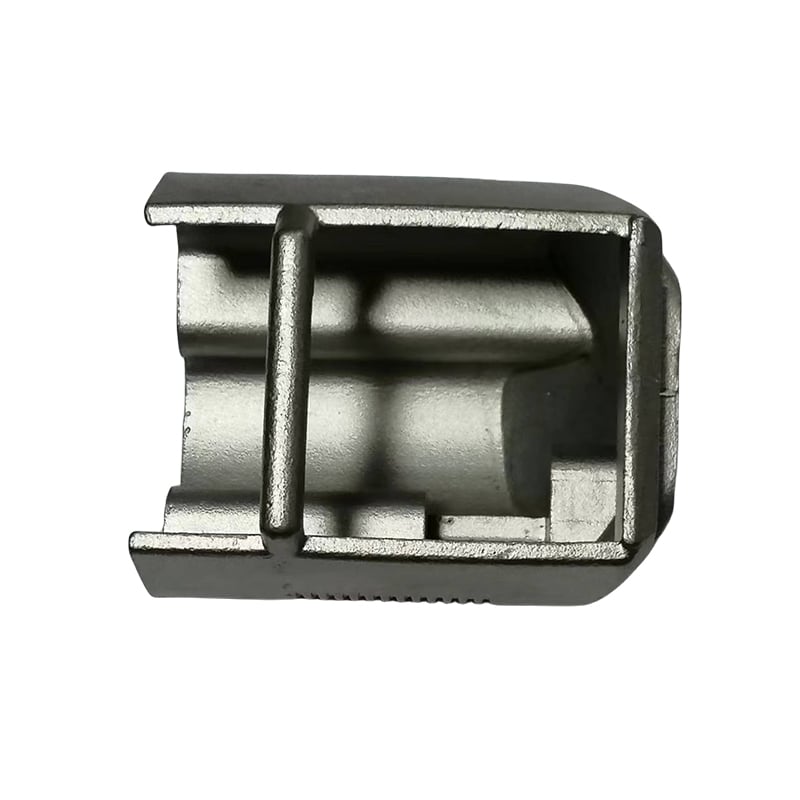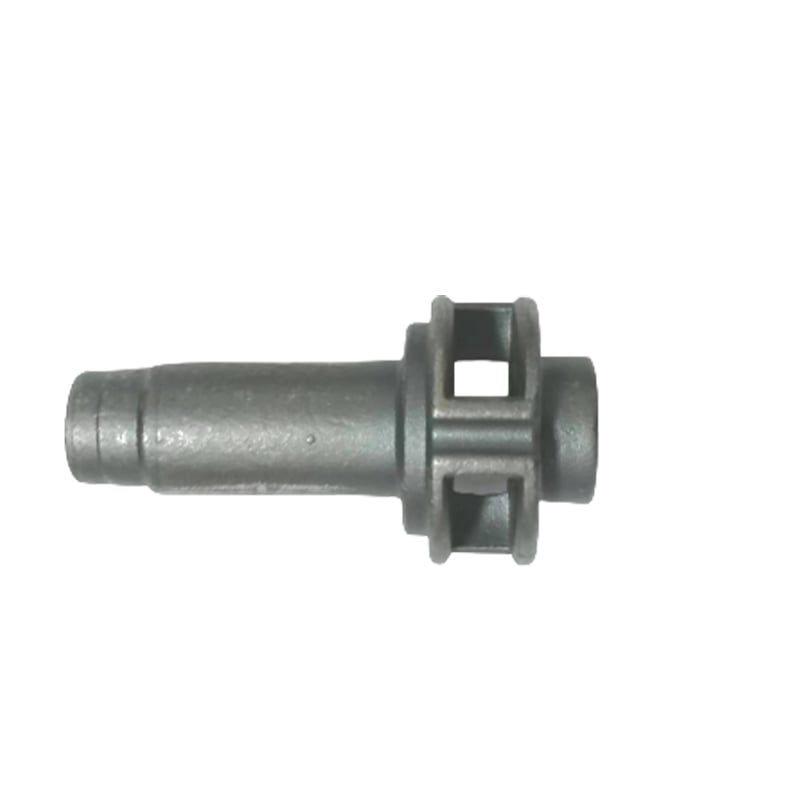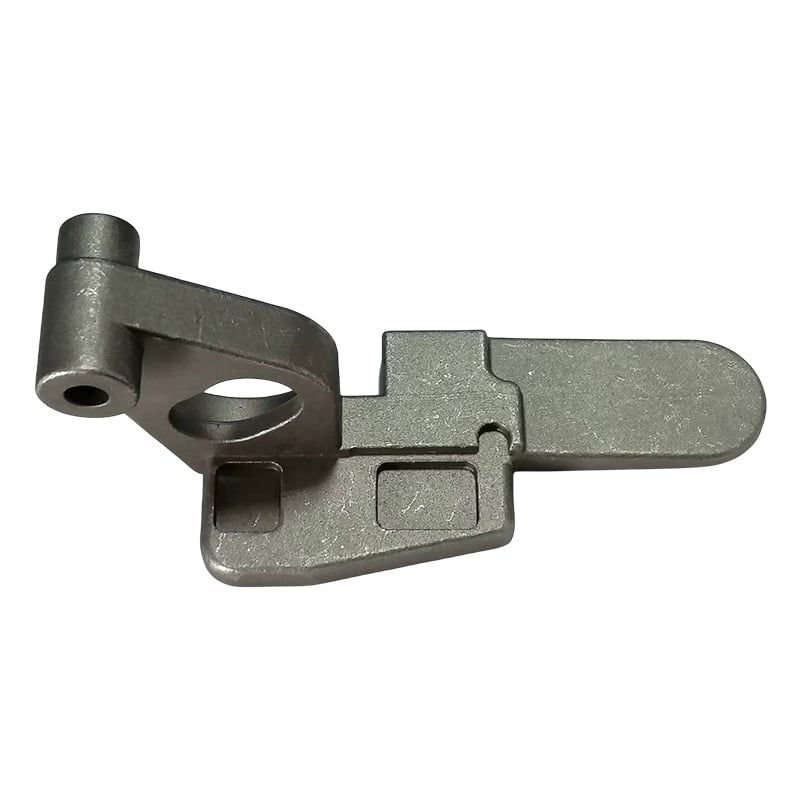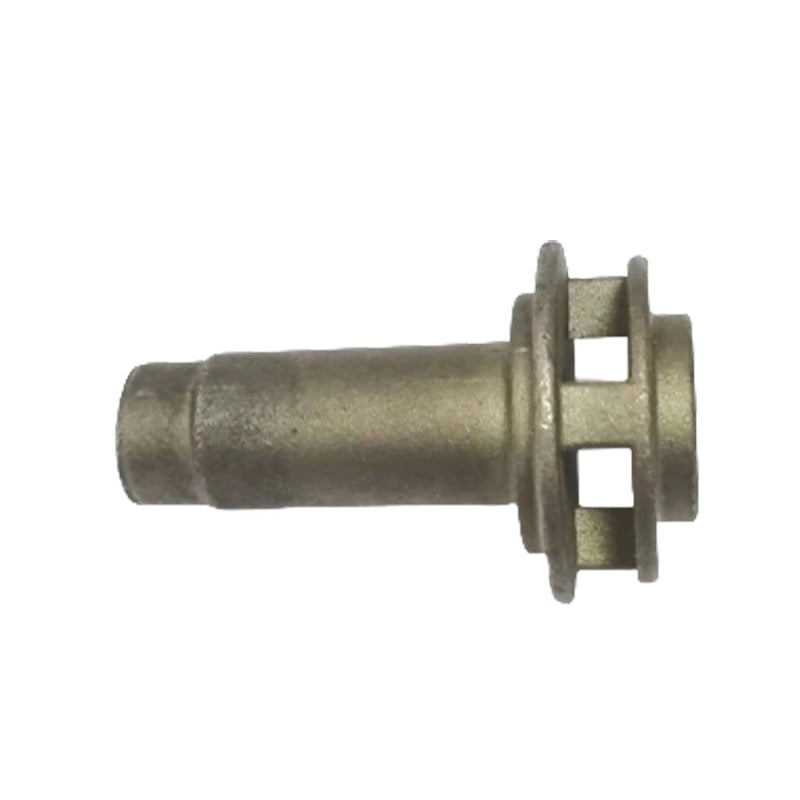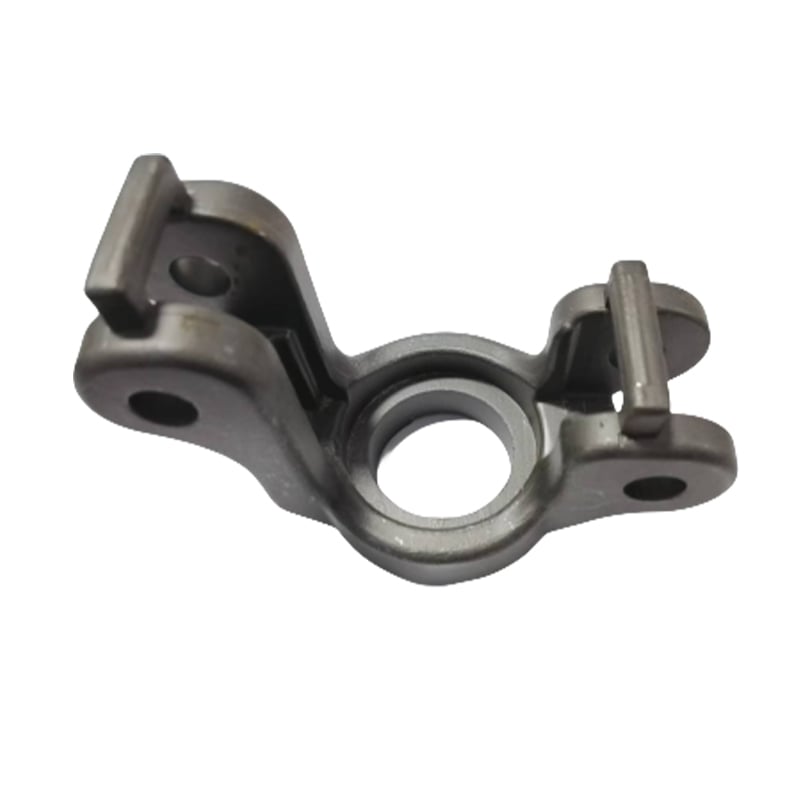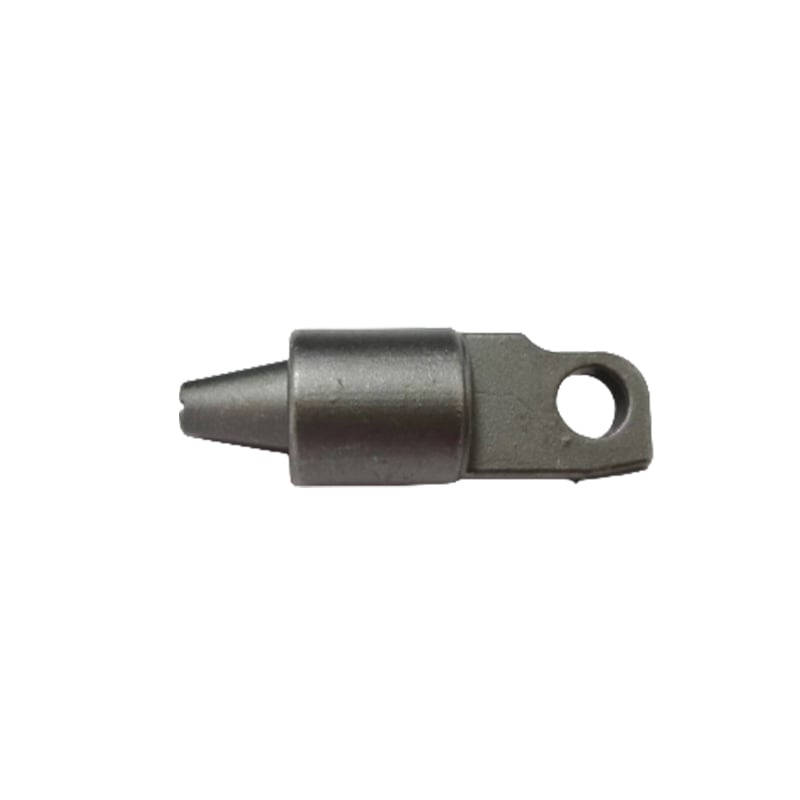Description
Usage: pliers, pliers, clamp heads, handle heads, movable handle connectors, panels, flat rail stops, limiter bodies, gear shafts, support seats, etc.
Material:45# steel is a kind of high-quality carbon structural steel, which is a medium carbon steel, with a carbon content of more than 0.4%, low hardness and easy to cut, usually formed by hot rolling or cold rolling, with a tensile strength of > 686MPa and a yield strength of >490MPa�� The hardness after quenching and tempering is between HRC20-HRC30, and the quenching and tempering treatment can ensure superior mechanical properties, but the surface hardness is low and not wear-resistant, and the cutting performance will be reduced; After quenching, the hardness is between HRC55-58, and the limit value can reach HRC62, but the original mechanical properties will be reduced. After carburizing treatment, the surface wear resistance can be improved; Generally, quenching and tempering + surface quenching are used to increase the surface treatment hardness of parts, so that it has good comprehensive properties.40Cr steel is a medium hardenable quenched and tempered steel, which is one of the most widely used alloy structural steel grades in machinery manufacturing.
40Cr steel has good hardenability, which can be hardened to a diameter of 28~60mm when water quenched, and 15~40mm in diameter when quenched by oil. After quenching and tempering, 40Cr steel has good comprehensive mechanical properties, and has good low notch sensitivity and low temperature impact toughness. After quenching and tempering, 40Cr steel is often quenched or nitrided on the surface of the acre. When the hardness is 174~229HBS, the cutting performance is better, and the cutting process is phased. Sex is 60%. The tensile strength, yield strength and hardenability of 40Cr steel are higher than those of 40Cr steel, but the weldability is limited and there is a tendency to form cracks.
20CrNiMo is a kind of alloy steel, with high hardenability, no tempering brittleness, quite good weldability, little tendency to form cold cracks, good machinability and cold strain plasticity, and is generally used in the quenched and tempered or carburized quenching state.
- Opens in a new window.

